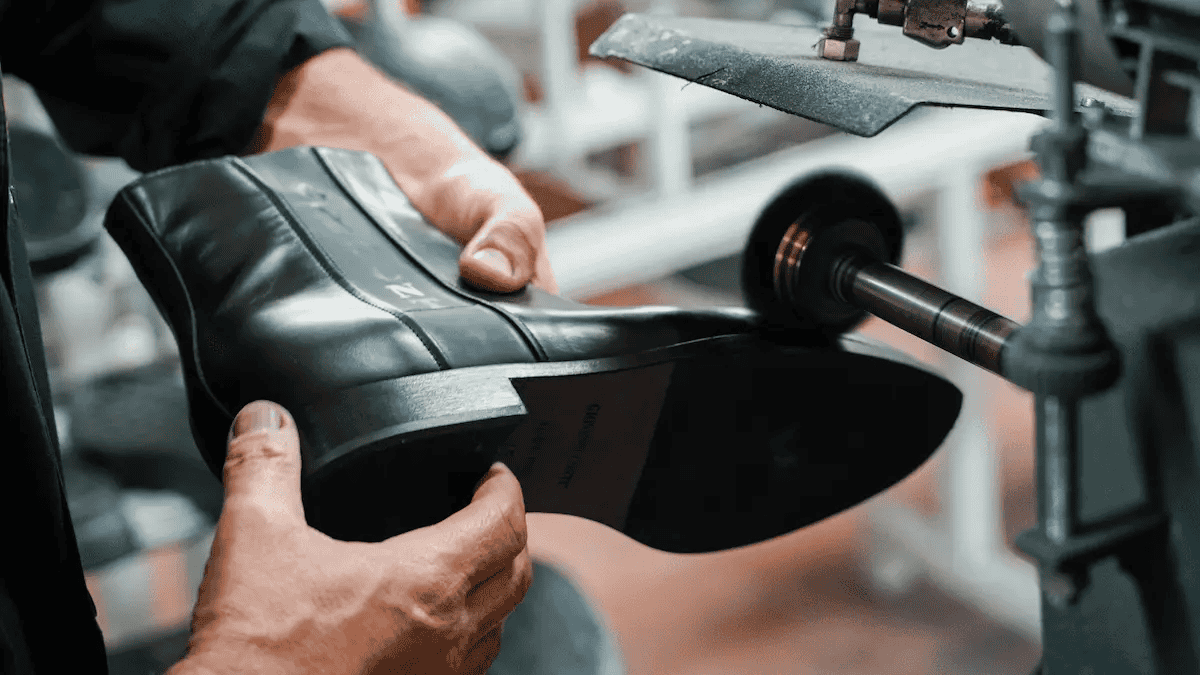Shoe production involves a complex set of processes that require precision, expertise, and rigorous quality control. For brands seeking reliable manufacturing partners, understanding these steps is crucial. This post breaks down the key phases — from design approval to final inspection — and highlights common production challenges.
1. Design Review and Material Selection
Before anything is made, the shoe design undergoes a thorough technical review. This includes evaluating the silhouette, material feasibility, and production methods. At the same time, suitable materials are chosen to ensure durability, comfort, and visual appeal.
Keep in mind tha brands who involve their sourcing partners early in the design phase tend to achieve better alignment between creative vision and manufacturability.
2. Cutting and Component Preparation
Materials like leather, textiles, and linings are cut into precise shapes using automated or manual methods. Cutting dies and CAD systems ensure consistency. Each component is labeled for traceability and staged for assembly.
3. Assembly and Stitching
The cut parts are stitched together to form the shoe upper. This requires highly skilled craftsmanship to maintain even seams, symmetrical patterns, and structural integrity. Any imperfections at this stage can compromise the entire product.
4. Lasting and Sole Attachment
The upper is molded onto a last (a foot-shaped mold) and permanently shaped. It is then joined with the outsole using adhesive or stitching techniques, depending on the shoe type (e.g., Cemented, Blake stitched, Goodyear welted, etc.).
5. Finishing and Quality Control
The final touches include logo application, cleaning, lace insertion, and visual inspections. Every shoe is tested for fit, symmetry, and defects. In some cases, wear or stress testing is performed to simulate real-world use.
Common Production Challenges:
- Design Adjustments: Mid-cycle changes often disrupt workflow and cost control.
- Timeline Management: Delays in raw material delivery or sampling revisions can push production schedules.
- Material Defects: Natural variations in leather or color discrepancies in fabric batches are common.
Looking for a trusted partner to navigate the complexities of shoe production? Contact us today to learn how we can help!
